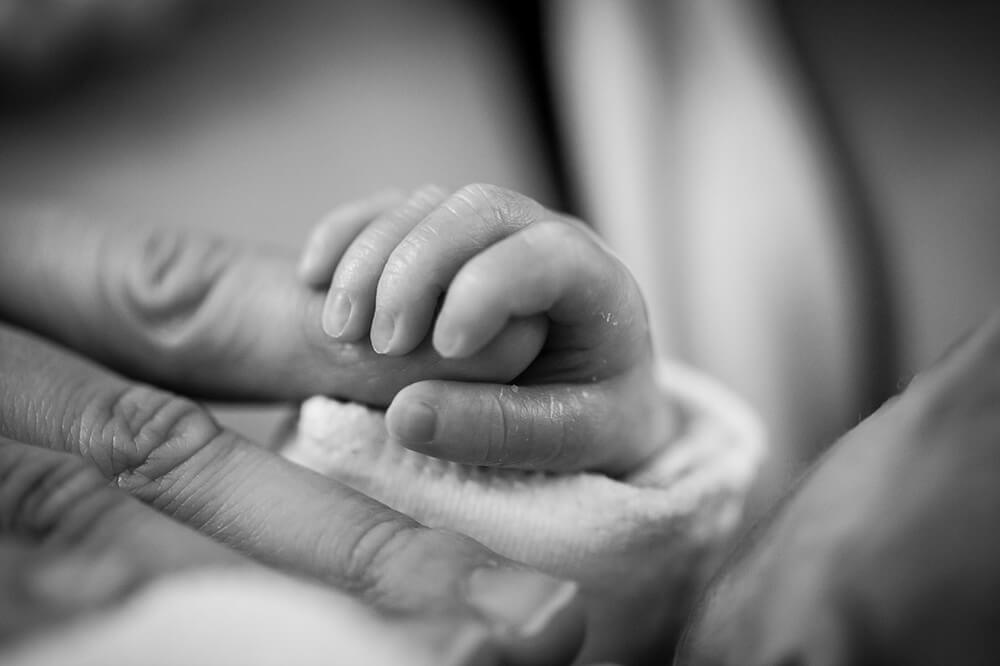It can be a frightening and overwhelming experience to learn your baby is ill or has been diagnosed with a medical condition. There are likely to be doctor’s visits, tests, and treatments, and it’s normal to have questions regarding how the illness or condition arose. New babies can suffer from two different types of medical problems: birth injuries and birth defects. While those terms are sometimes used interchangeably, it’s crucial to understand the difference between the two.
Understanding Birth Defects
A birth defect is a disease or medical condition that develops while a child is still growing in the womb. According to the Centers for Disease Control and Prevention (CDC), birth defects are common. Every four and a half minutes, a baby is born with a birth defect in the United States. That means that nearly 120,000, or one in 33, babies are affected by this issue every year.
These conditions are structural changes that can affect how any part of the body looks, works, or both. The severity depends greatly on the defect. In some cases, quality of life or lifespan can be impacted. Most birth defects are found within the first year of life or before birth. While some may be easy to see, like a physical deformity, special tests are needed to detect heart defects or hearing loss, for example.
Most birth defects form in the first three months of pregnancy; however, some can occur in the latter six months. In many cases, a birth defect is completely outside you or your doctor’s control.
Common Birth Defects
The following list includes the most common birth defects. While some of these conditions or diseases are treatable with surgery or drugs, there are others that require a family to adapt to their child’s disability.
- Congenital Heart Defects. Serious heart defects can result in congestive heart failure. The most common symptoms include rapid heartbeat, feeding problems, swelling, difficulty breathing, and pale, greyish skin.
- Clubfoot can result in several kinds of ankle and foot deformities. One or both feet may be affected. Severe cases often need surgery to correct the issue.
- Cleft Lip or Palate. This occurs when the hard palate, soft palate, or upper lip prevent the month from closing entirely. Feeding and language development can be difficult. Surgical repairs are often done.
- Spina Bifida. This is caused by a malformation in the neural tube that prevents that backbone from completely closing during fetal development. Leg braces, crutches, and wheelchairs are commonly used as the child gets older.
- Down Syndrome. This is a result of a chromosomal birth defect. The severity in regard to mental delays ranges greatly; however, there are certain physical characteristics associated with this condition.
Understanding Birth Injuries
Birth injuries, when compared to birth defects, occur at a lower rate; however, many of these injuries are entirely preventable. These injuries, which can occur during pregnancy or labor and delivery, happen when medical professional act negligently. They may do so by using incorrect equipment, providing toxic medications to the mother that could hurt the fetus, or depriving the baby of oxygen during the delivery process.
When a doctor, nurse, or other medical team member makes a mistake that harms a child, there are laws in place that can aid the family with medical treatments and quality of life, as well as hold the negligent party responsible for their actions.
Common Birth Injuries
Birth injuries can have a serious impact on a child’s life. The most common injuries include:
- Cerebral Palsy. CP inhibits a person’s ability to move or sit up on their own. Other symptoms include sensory impairments, intellectual disabilities, and seizures.
- Infant Brain Damage. The most common cause of infant brain damage is oxygen deprivation during delivery.
- Erb’s Palsy. Erb’s Palsy occurs when the cluster of nerves in the shoulder are damaged and upper arm movement is hindered. This injury varies greatly in severity depending on how severe the nerve damage is.
- Facial Paralysis. If there is too much pressure on the baby’s face during both, nerve damage can occur.
- If a doctor is inexperienced and tries to deliver a breached baby, they could end up fracturing the infant’s collarbone.
If your child has suffered as a result of a negligent doctor or hospital, you have the right to pursue legal action. Our birth injury lawyers are prepared to provide you with the legal representation you need to hold the irresponsible party accountable for their actions. For more information on how to proceed, contact us today.









